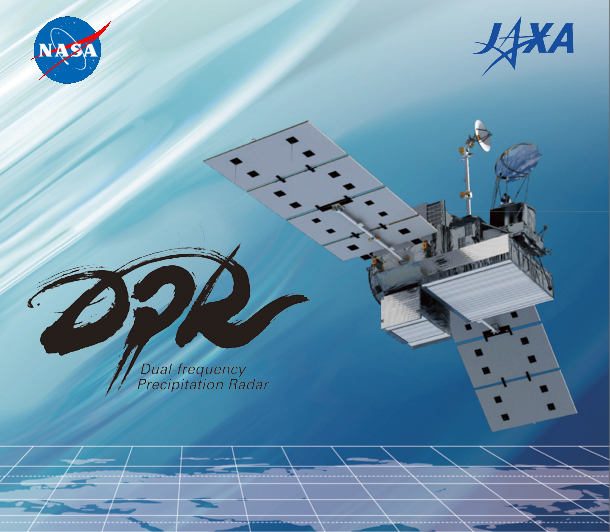DPR Closeup
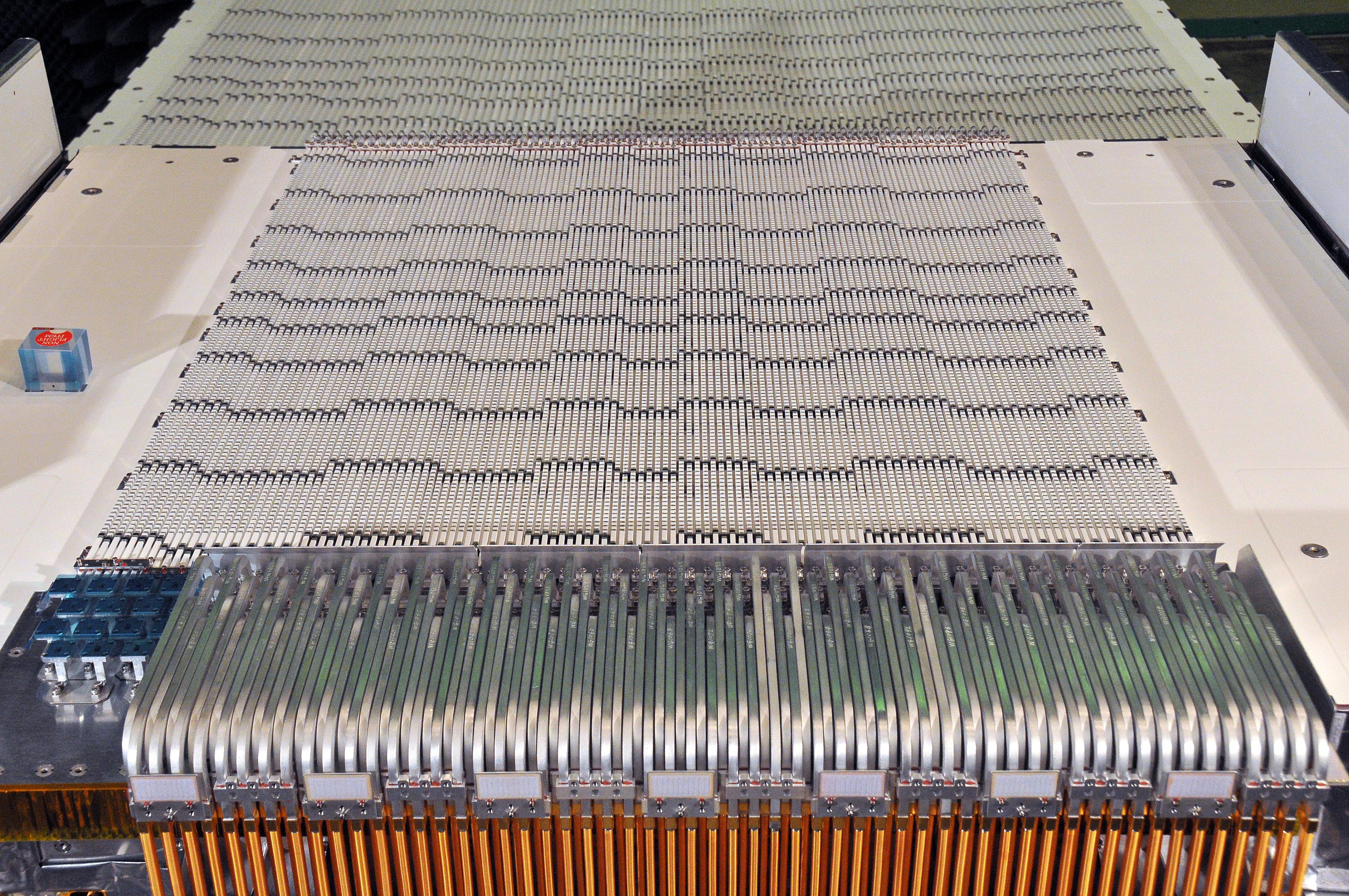
The DPR was built at JAXA and is being transported to NASA Goddard Space Flight Center for integration onto the GPM Core Observatory.

The DPR was built at JAXA and is being transported to NASA Goddard Space Flight Center for integration onto the GPM Core Observatory.
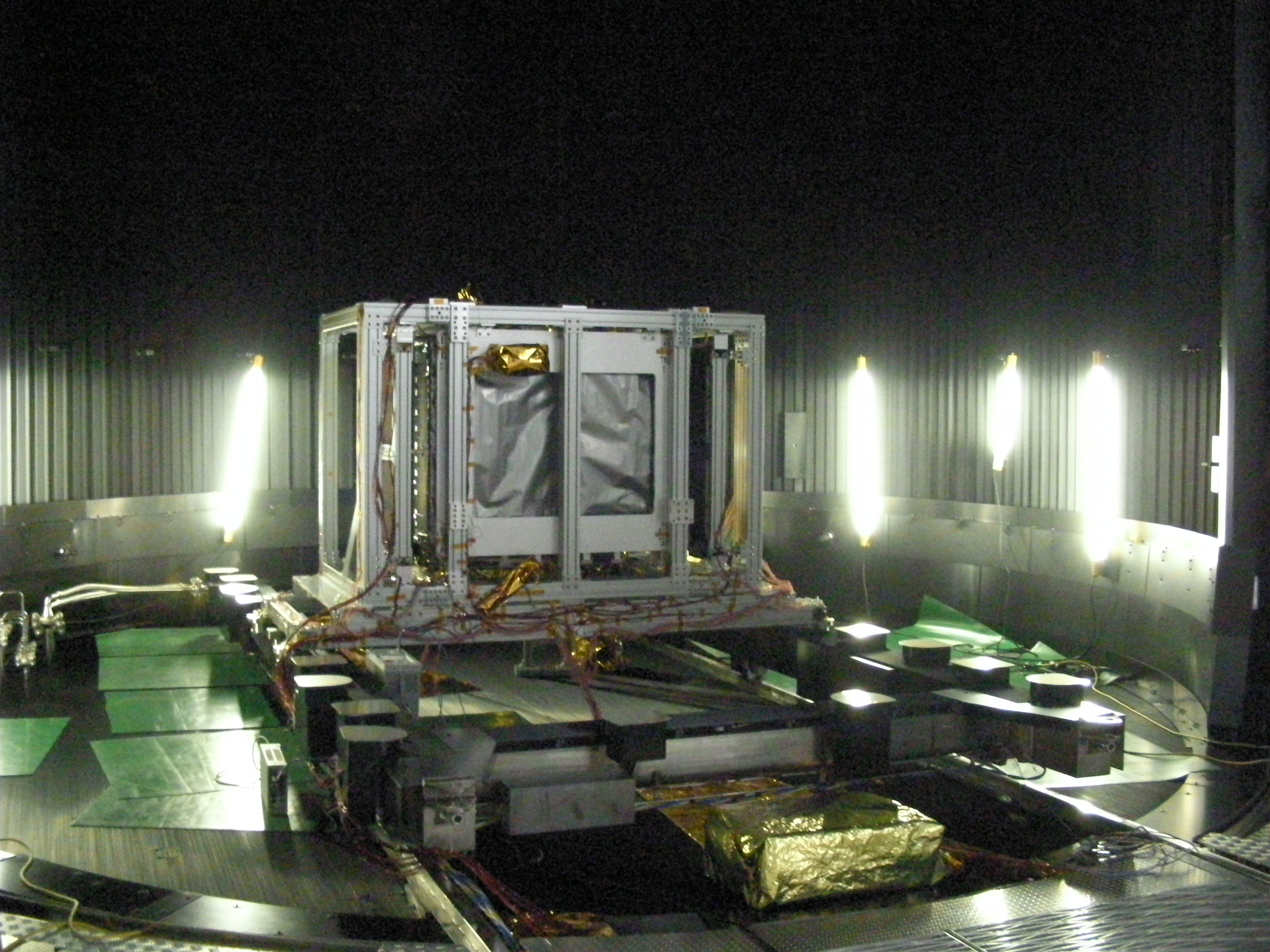
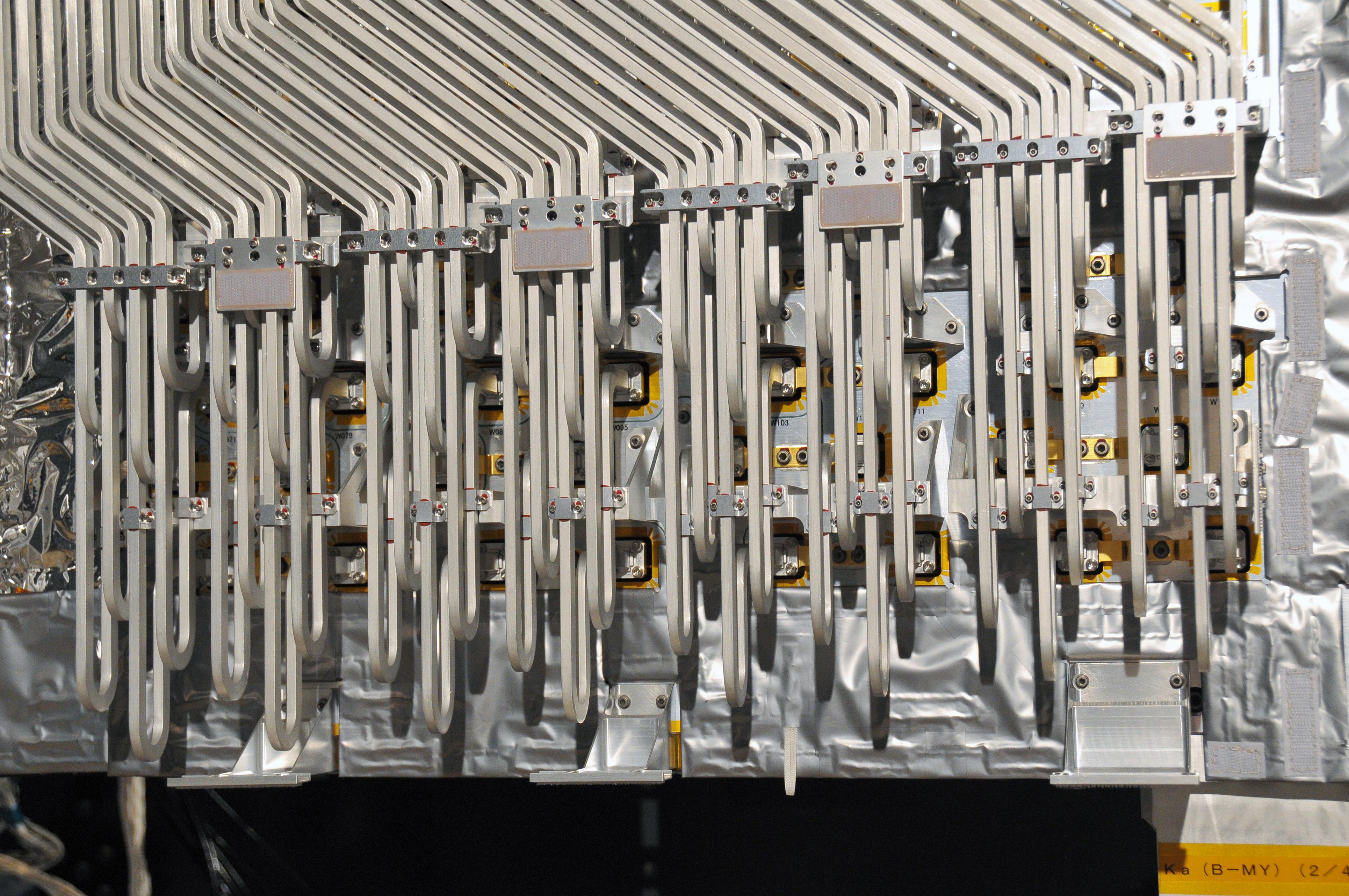
The DPR was built at JAXA and is being transported to NASA Goddard Space Flight Center for integration onto the GPM Core Observatory.
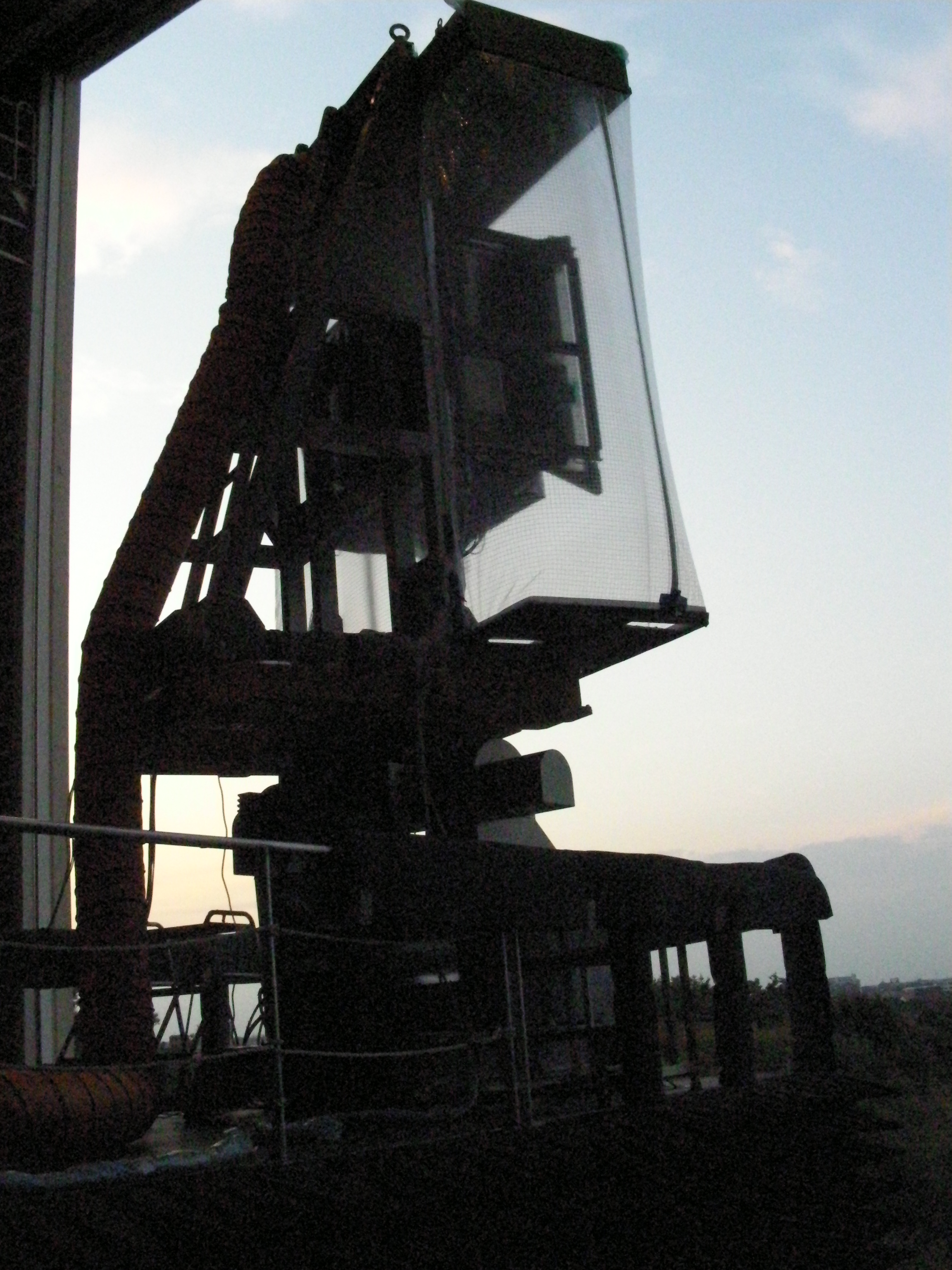
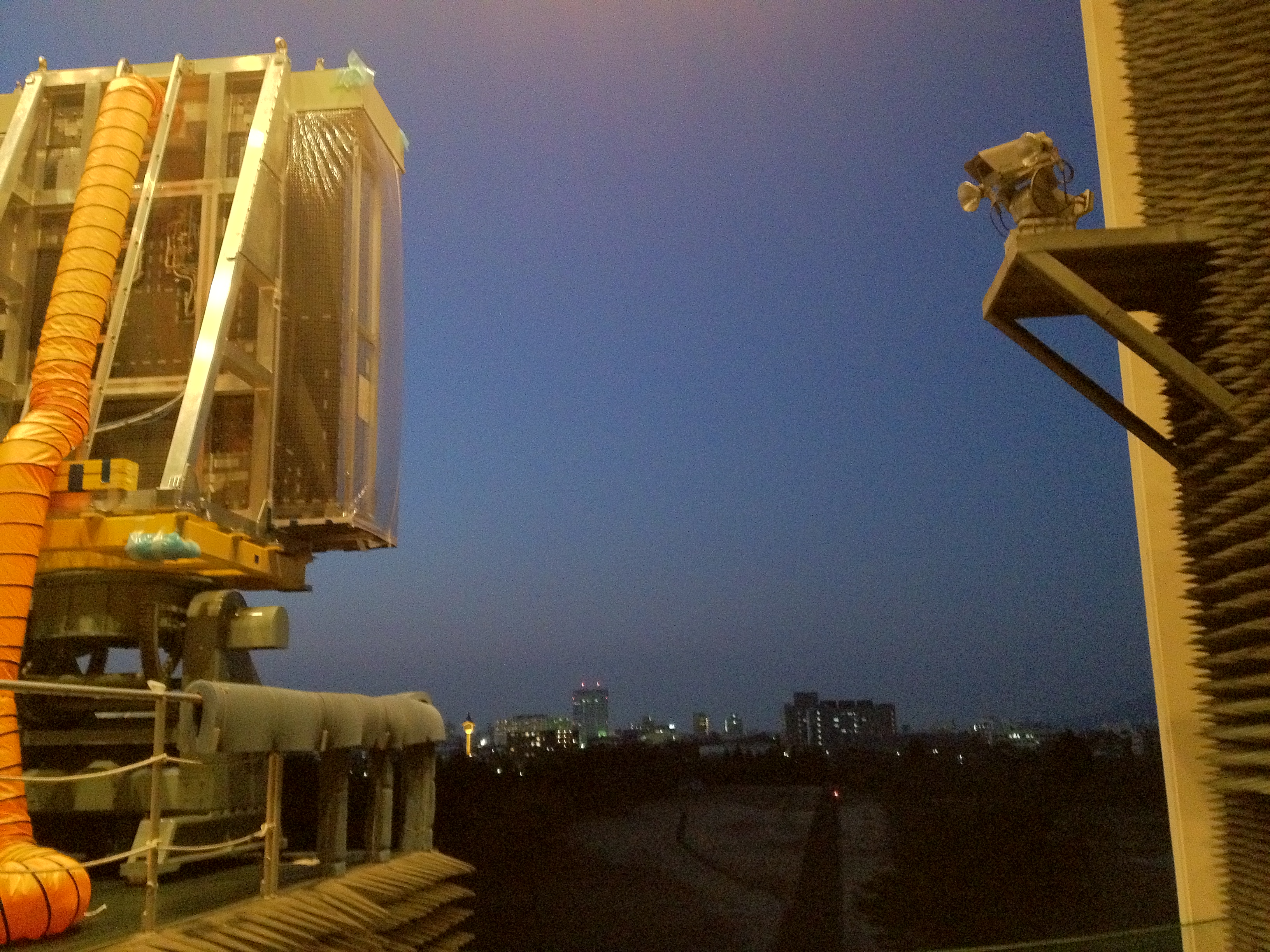
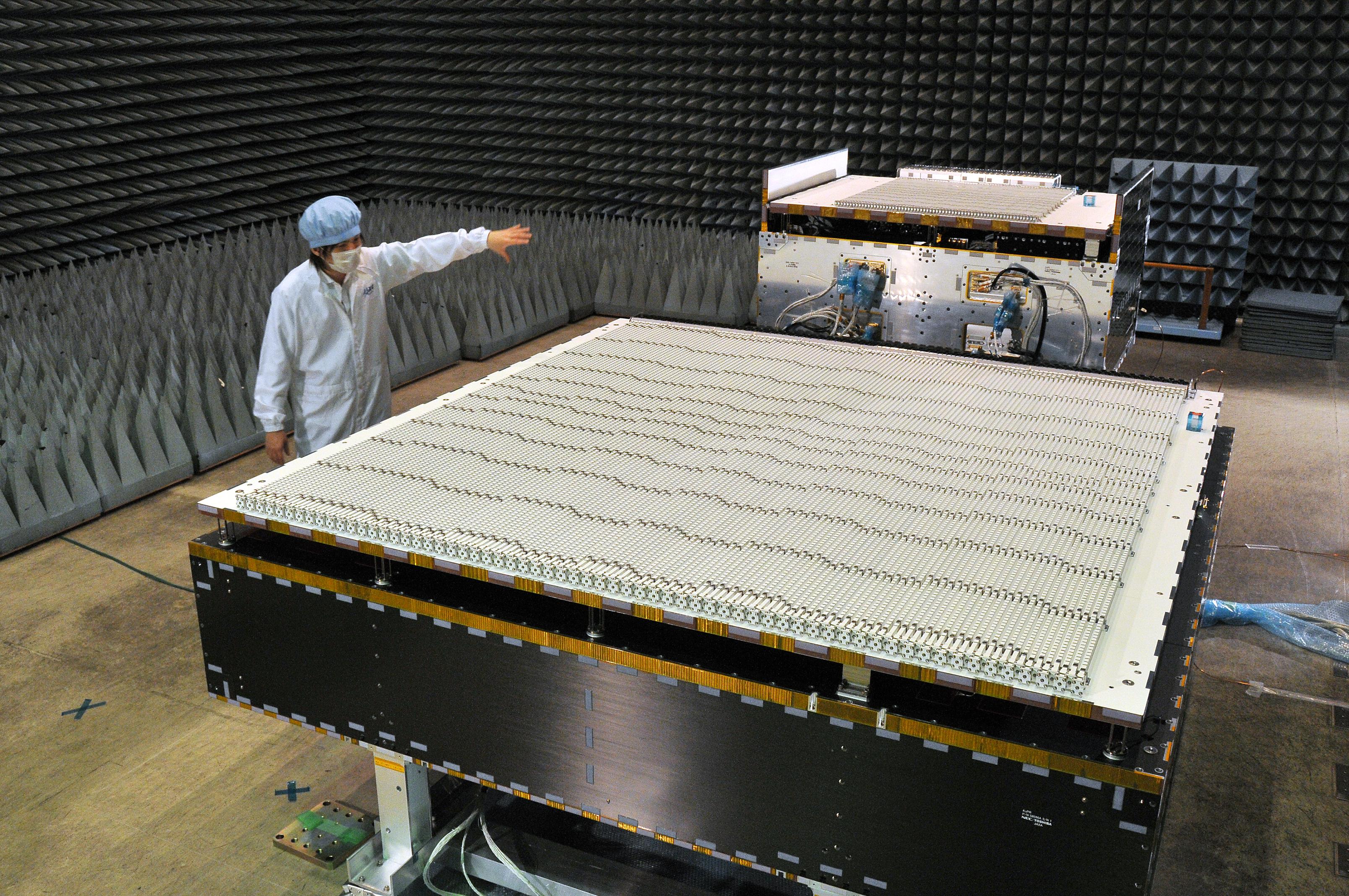
The Japanese-built radar is a new instrument designed to take 3-D measurements of raindrops and snowflakes.

Note the low snow amounts on the ground. Sensors left to right are: ADMIRARI (radiometer; U. Bonn), D3R (radar; NASA), DPR (radar; U. Koln). [This dual-precipitation radar (DRR) is not the same as to be on the GPM spacecraft.]
